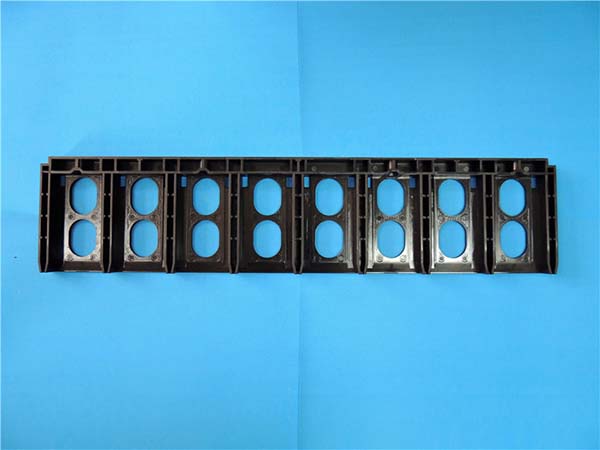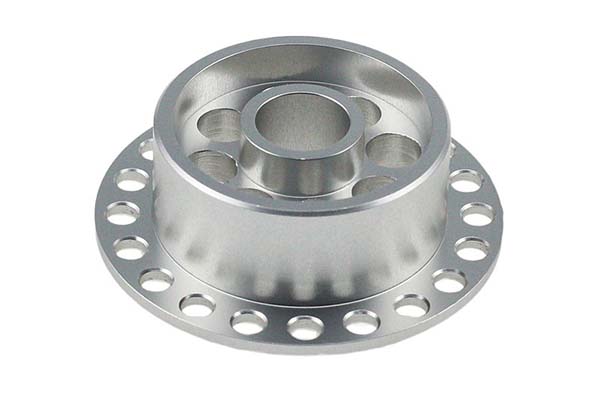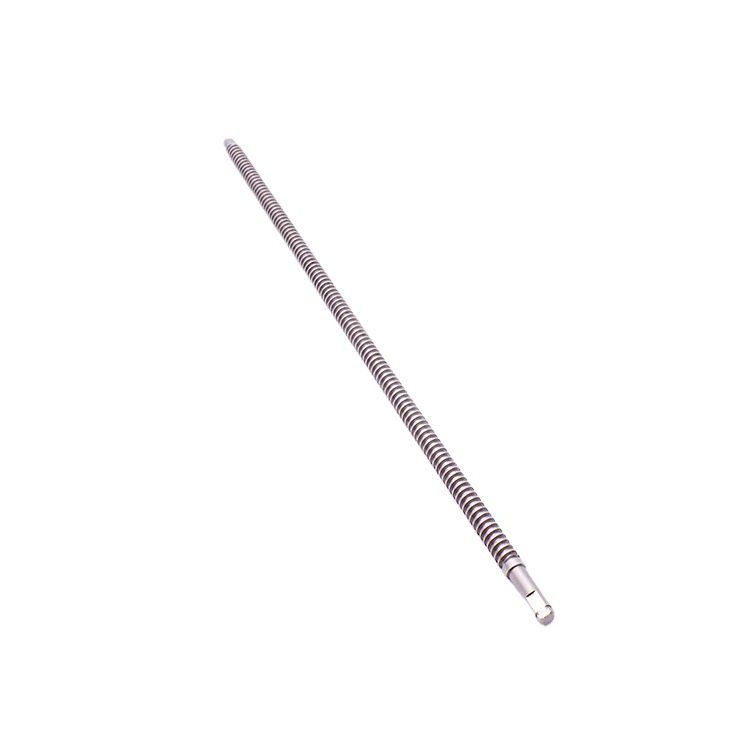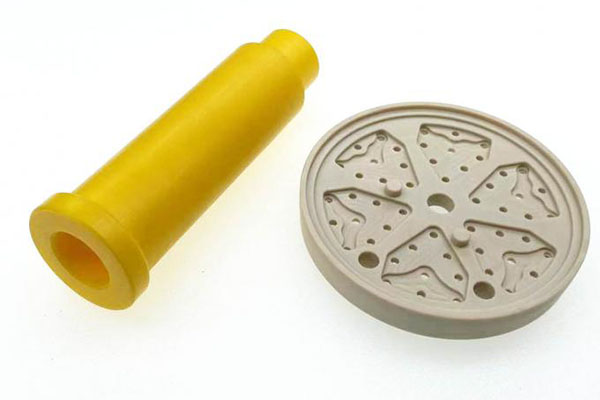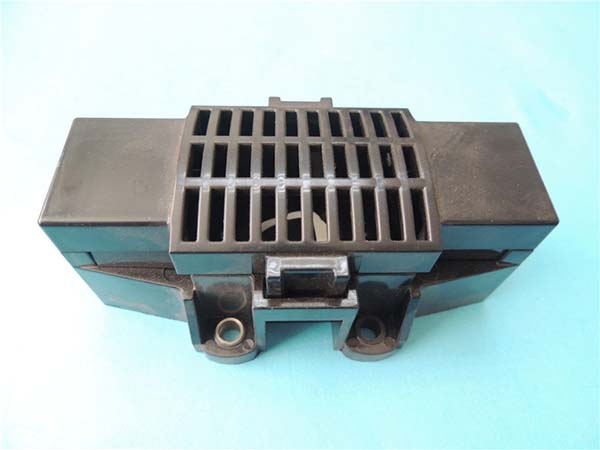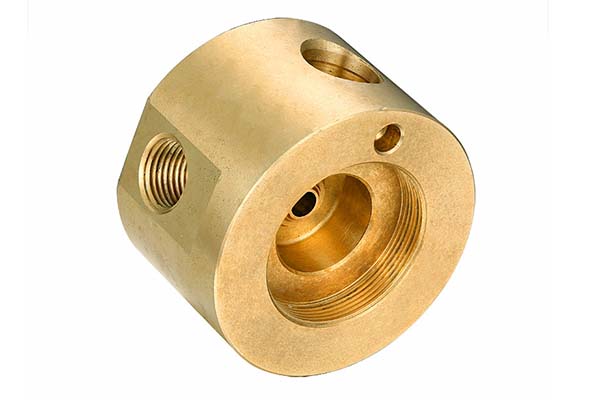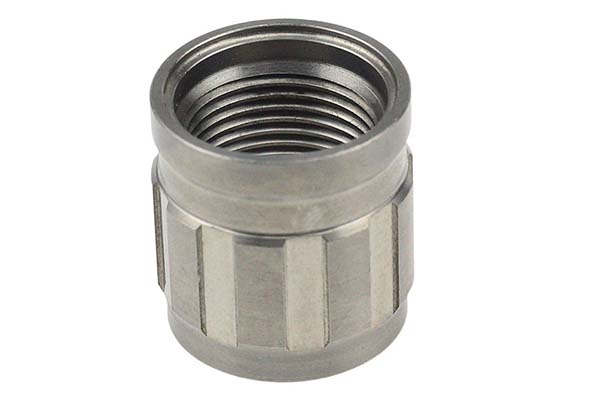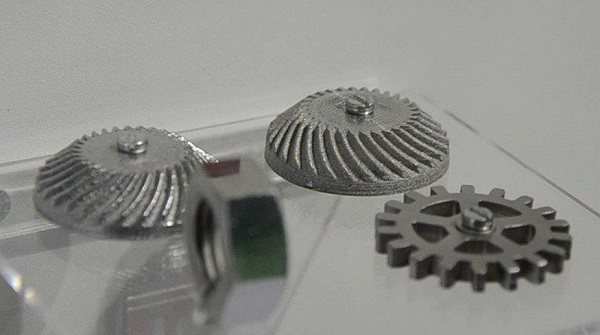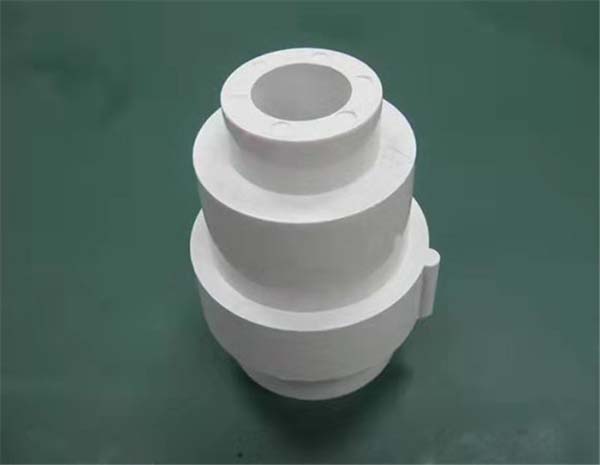CNC machining of POM-H (Polyoxymethylene Homopolymer) is a go-to process for crafting high-precision components, yet it presents distinct challenges. Manufacturers often struggle with balancing its high mechanical strength against machining efficiency, preventing surface burns due to heat buildup, and ensuring consistent tolerance adherence. This guide addresses these pain points, offering expert insights to master POM-H machining.
Material Properties of POM-H
POM-H (Polyoxymethylene Homopolymer), often referred to as acetal homopolymer, stands out among engineering plastics for its exceptional properties. Unlike its copolymer counterpart (POM-C), POM-H boasts high mechanical strength with a tensile strength of 70-80 MPa—10-15% higher than POM-C—making it ideal for load-bearing components. Its low friction coefficient (0.12-0.25) rivals that of POM-C, ensuring smooth operation in moving parts like bearings and gears.
In terms of chemical resistance, POM-H withstands oils, greases, and aliphatic solvents, though it is vulnerable to strong acids and oxidizing agents. Its thermal stability allows continuous use up to 90°C, with short-term exposure to 120°C possible without significant degradation. Dimensional stability is another key attribute; POM-H exhibits minimal moisture absorption (0.2-0.5% after 24 hours in water), ensuring parts maintain tight tolerances in humid environments.
POM-H also offers excellent electrical insulating properties, with a volume resistivity of 10¹⁴-10¹⁶ Ω·cm, making it suitable for electrical components. Its high crystallinity (85-95%) contributes to its strength but also makes it more prone to chipping during machining compared to lower-crystallinity plastics.
| Property | POM-H | POM-C |
| Tensile Strength | 70-80 MPa | 60-70 MPa |
| Crystallinity | 85-95% | 70-80% |
| Friction Coefficient | 0.12-0.25 | 0.15-0.30 |
| Moisture Absorption | 0.2-0.5% | 0.3-0.7% |
CNC Machining Processes for POM-H
Successfully machining POM-H requires tailored CNC machining processes that account for its strength and crystallinity:
- Milling: Climb milling is preferred to minimize tool wear, with a 3-axis mill handling most geometries. For complex parts, 5-axis milling ensures precise cuts without repositioning, reducing the risk of chipping.
- Turning: Ideal for cylindrical components like bushings. Using a sharp insert with a 5-10° positive rake angle reduces cutting forces, preventing workpiece deformation.
- Drilling: Peck drilling is critical for POM-H, as its low chip clearance can cause drill bit clogging. A 118° point angle drill with polished flutes enhances chip evacuation.
- Grinding: Used for achieving ultra-smooth surfaces (Ra 0.05-0.2 μm) on flat or cylindrical parts, though it’s rarely needed due to POM-H’s natural finish.
Feed rates and spindle speeds must be optimized: For milling, a spindle speed of 1500-3000 RPM with a feed rate of 200-400 mm/min works well. Turning operations benefit from 1000-2000 RPM and a feed rate of 0.1-0.2 mm/rev. Tool paths should avoid sharp corners to prevent chipping; instead, use radiused transitions to distribute cutting forces evenly.
Applications of POM-H in CNC Machining
POM-H’s unique properties make it indispensable across industries:
- Precision parts: Its dimensional stability and high precision make it ideal for measuring instruments and calibration tools.
- Bearings and bushings: Low friction and wear resistance ensure long service life in machinery.
- Gears: High mechanical strength allows POM-H gears to handle higher loads than those made from POM-C.
- Electrical components: Insulators, switch parts, and terminal blocks leverage its electrical insulating properties.
- Medical devices: Non-implantable tools like surgical clamps benefit from its chemical resistance and easy sterilization.
- Automotive parts: Fuel system components and door lock mechanisms rely on its durability and resistance to oils.
- Industrial machinery: Conveyor rollers and valve stems withstand heavy use thanks to POM-H’s low wear rate.
Advantages of POM-H for CNC Machining
POM-H offers several advantages that make it a top choice for precision machining:
- Machinability: Despite its strength, POM-H cuts cleanly with proper tooling, reducing post-processing needs.
- High precision: Tight tolerances (±0.005 mm) are achievable due to its dimensional stability.
- Low wear rate: Parts made from POM-H have a wear rate 30% lower than those from POM-C in high-load applications.
- Cost-effective: Lower material waste and reduced finishing costs make it economical for high-volume production.
- Easy to finish: Polishing or painting is straightforward, though its natural surface finish often suffices.
- High surface quality: Machined POM-H typically achieves Ra 0.4-0.8 μm without additional finishing.
- Corrosion resistance: Outperforms many metals in harsh chemical environments, reducing replacement costs.
Tool Selection for POM-H Machining
Choosing the right tools is critical for efficient POM-H machining. Carbide tools are the gold standard, as their hardness (HRC 90-95) resists wear from POM-H’s high crystallinity. High-speed steel (HSS) tools work for low-volume jobs but require more frequent sharpening. For ultra-precise finishes, diamond tools or coated tools (e.g., TiAlN) minimize friction and heat buildup.
Tool geometry plays a key role: End mills with a 30-45° helix angle improve chip flow, while a sharp cutting edge (radius <0.02 mm) prevents chipping. Tool life can be extended by 50% when using carbide tools with a polished flute surface, reducing chip adhesion.
Cutting edge sharpness is non-negotiable—dull tools generate excess heat, causing surface burns. Tool material compatibility is also important; avoid using tools designed for metals without adjusting parameters, as they may be too aggressive for POM-H.
Quality Control in POM-H Machining
Maintaining quality in POM-H machining requires rigorous processes:
- Dimensional inspection using coordinate measuring machines (CMMs) ensures parts meet ±0.005 mm tolerances.
- Surface roughness testing with profilometers verifies Ra values, critical for sealing surfaces or moving parts.
- Tolerance adherence is monitored via statistical process control (SPC), with regular checks every 50-100 parts.
- Material testing includes tensile and impact tests on sample parts to confirm mechanical properties.
- Visual inspection identifies surface defects like burns, chips, or cracks, which can compromise part performance.
- Non-destructive testing (NDT) such as ultrasonic testing detects internal flaws in critical components.
Adhering to quality standards like ISO 9001 and ISO 13485 (for medical parts) ensures consistency. Process control measures, such as real-time spindle speed and feed rate monitoring, prevent deviations that could affect quality.
Yigu Technology's Perspective
Yigu Technology excels in CNC machining POM-H, leveraging our expertise to overcome its unique challenges. We use carbide tools with optimized geometries and strict process controls to maintain tight tolerances and surface quality. Our quality control team employs advanced inspection tools to verify every part, ensuring compliance with industry standards. Whether producing high-precision gears or medical components, we tailor our approach to maximize POM-H’s strengths, delivering reliable, cost-effective solutions for our clients.
FAQ
- How does POM-H compare to POM-C in terms of machining difficulty?
POM-H is slightly more challenging due to its higher crystallinity, requiring sharper tools and slower feed rates to prevent chipping, but offers better strength and wear resistance.
- Can POM-H be used in high-temperature applications?
POM-H has a maximum continuous use temperature of 90°C, making it suitable for moderate heat environments but not extreme high-temperature applications.
- What causes surface burns in POM-H machining, and how can they be prevented?
Surface burns result from excessive heat due to dull tools or high feed rates. Using sharp carbide tools, optimizing spindle speeds, and employing air cooling prevents this issue.
